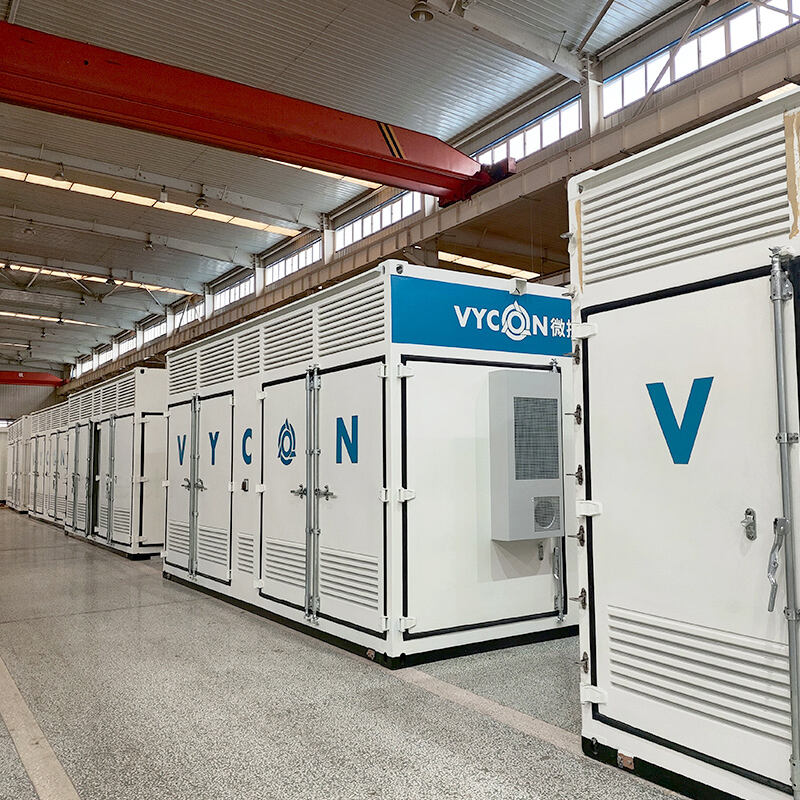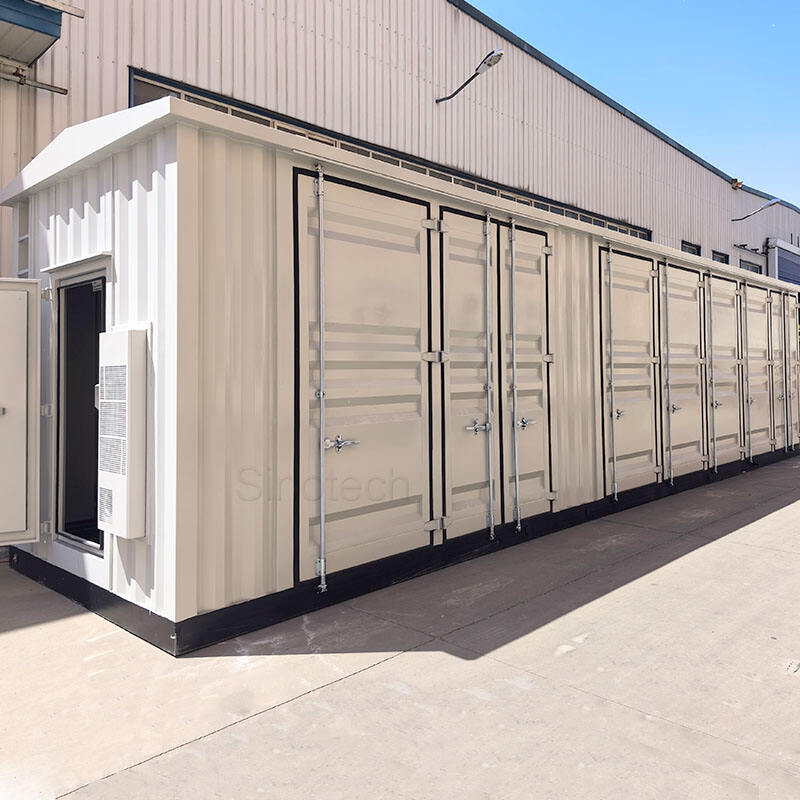challenges in electrical equipment supply chain are multifaceted, impacting manufacturers, suppliers, and end-users across global markets. One significant challenge in electrical equipment supply chain is raw material scarcity, particularly for components like copper, aluminum, and rare earth metals, which are critical for switchgear, cables, and transformers, leading to price volatility and delays. Logistics disruptions, including port congestion, transportation shortages, and geopolitical trade barriers, pose another challenge in electrical equipment supply chain, slowing down the movement of finished products and components between regions. Quality control inconsistencies across global suppliers represent a challenge in electrical equipment supply chain, as varying manufacturing standards can lead to defective parts, compromising the reliability of electrical systems. Lead time variability is a persistent challenge in electrical equipment supply chain, making it difficult for buyers to plan production or project timelines, especially for custom-made equipment. Additionally, the rapid pace of technological innovation creates a challenge in electrical equipment supply chain, as suppliers struggle to keep up with evolving specifications, leading to obsolescence risks. Cybersecurity threats to digital supply chain systems further exacerbate challenges in electrical equipment supply chain, risking data breaches and production halts. Addressing these challenges requires robust risk management, diversified sourcing, and enhanced collaboration between stakeholders.


